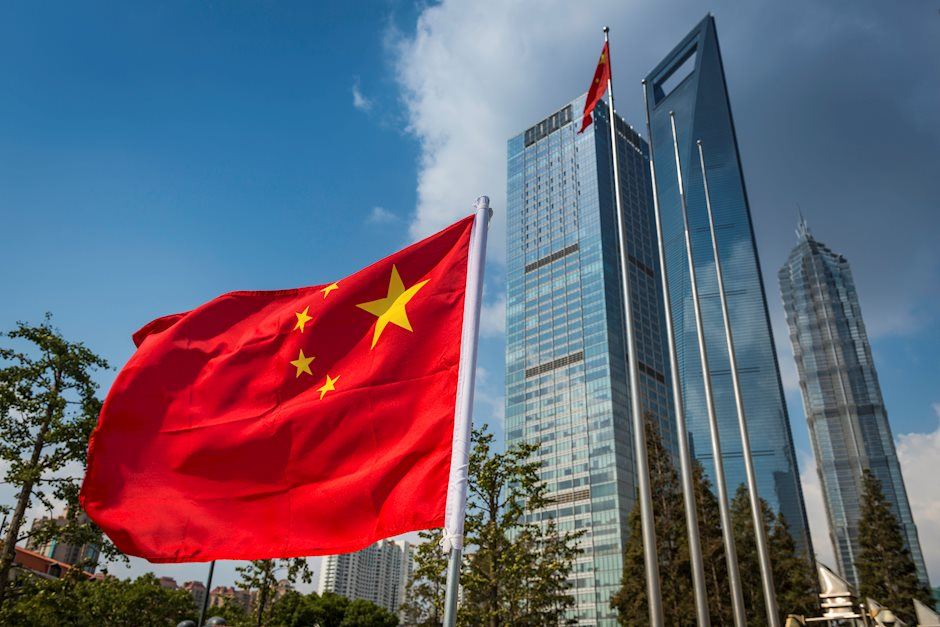How China’s zero-COVID policy is taking a toll on its economy

The more contagious omicron strain of COVID-19 is testing China’s zero-tolerance COVID-19 policy and while many signs underscore the strategy’s adverse impact on the country’s economic recovery, Beijing continues to stick to it, dismissing suggestions that China should learn to live with the virus as other nations do.
Lockdowns in Shenzhen and Shanghai
The resurgence of COVID-19 cases in Shenzhen, dubbed as China’s Silicon Valley, prompted authorities to impose a week-long lockdown of its 17.5 million residents in March. The curbs forced the closure of some factories including those of Apple (NASDAQ:AAPL) supplier Foxconn (TW:2317) and carmakers Toyota Motor (NYSE:TM) and Volkswagen (FRA:VOW).
Shenzhen is also home to tech giants including Tencent (HKG:0700) and Huawei Technologies.
While JP Morgan analysts do not expect the Shenzhen lockdown to have a big impact on iPhone production, some economists have delivered a grim warning on the lockdown in Shanghai. Authorities in China’s financial hub last week extended the lockdown of 26 million people as the city launched its largest public health response in the COVID-19 pandemic era.
ING Bank’s Greater China chief economist Iris Pang warned that the cost of the lockdown in Shanghai and in other areas in China will have a “huge” cost to the country’s growth. Shanghai is tipped to suffer a 6% GDP loss if the lockdown persists in April, leading to a 2% GDP loss for the whole of China.
The lockdown in Shanghai also affected the production of some known brands including Tesla (NASDAQ:TSLA), German auto parts giant Bosch, and Taiwan’s Pegatron (TW:4938), another iPhone assembler.
Offshore Yuan and China H-shares
After trending downward for the previous 7 months, news of the extreme lockdowns prompted the USDCNH to break upwards and out of its channel. The USDCNH, at this point, doesn’t have a clear path back to its previous territory.
Figure 1. USDCNH D1
Conversely, the China H-shares index saw a reversal of fortune on March 16. The China H-shares index follows Chinese incorporated companies which are traded on exchanges outside the country. The boost may have come from investors realising that China would be unlikely to face sanction from the US after failing to condemn the Russian invasion of Ukraine more forcibly in the beginning.
Figure 2. China H-shares index
GDP slowdown
The latest developments in China are widely expected to take a toll on the economy that is already battered by the slowdown in the real estate sector and other downward risks. Everbright Securities recently warned that Beijing’s move to cling to its zero-COVID strategy could knock 10 percentage points out of China’s GDP on a quarterly basis in the first quarter.
Natixis, meanwhile, expects the lockdowns and transport restrictions to slash 1.8 percentage points from China’s first-quarter GDP. Julian Evans-Pritchard, senior China economist at Capital Economics, in late March warned that "the economy is in the midst of its most abrupt downturn since early 2020.”
China is set to release its quarterly GDP data on Monday, April 18
Author

Mark O’Donnell
Blackbull Markets Limited
Mark O’Donnell is a Research Analyst with BlackBull Markets in Auckland, New Zealand.



















